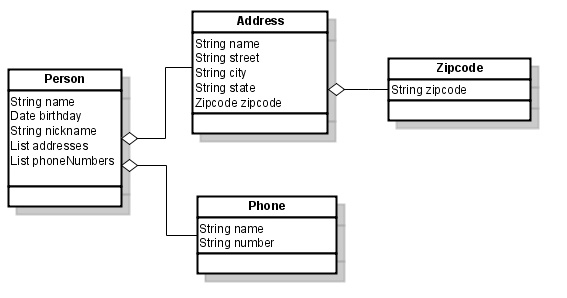스마트폰앱
- 전화 다이얼러
- 모바일 VOIP
- 안드로이드 프로그램
- 아이폰 앱 프로그램
- 네트워크 프로그램
- JAVA 자바
- UI DESIGN
- android JNI
- http post get
- 휴대폰 해외로밍

 카톡
카톡
라인상담
라인으로 공유
페북공유
◎위챗 : speedseoul

http://flexjson.sourceforge.net/
https://code.google.com/p/android-query/wiki/AsyncAPI?tm=6#Http_POST_(Custom_Entity)
avaScript Object Notation (aka JSON) is a very popular alternative to XML for transmitting data to the web browser. Flexjson is a lightweight library for serializing and deserializing Java objects into and from JSON. What's different about Flexjson is it's control over what gets serialized allowing both deep and shallow copies of objects. Most JSON serializers mimic object serialization libraries and try to serialize the entire object graph from the object being turned into JSON. This causes problems when you want a connected object model in your server, but you can't send that object model to the client because the serialization library will try to send the entire object graph. This makes it very hard to create object oriented models and serialize pieces of that model to the client without sending everything. Other JSON libraries require you to create a lot of boiler plate code to translate your object representation into a JSON object. In this regard I shouldn't have to explain myself, but to keep it short let's me just say I hate boiler plate translation code! Flexjson tries to solve both of these problems by offering a higher level API or dare I say DSL for specifying your intent.
In order to explore Flexjson we will be using the following model. Let's say we're building a PIM or contact management application. Here are some classes we might see in an application like this along with the relationships between them.

In the above diagram you can see Person has many instances of Phone, and has many Addresses. While this is a trival object model it will help us demostrate the ideas behind Flexjson.


